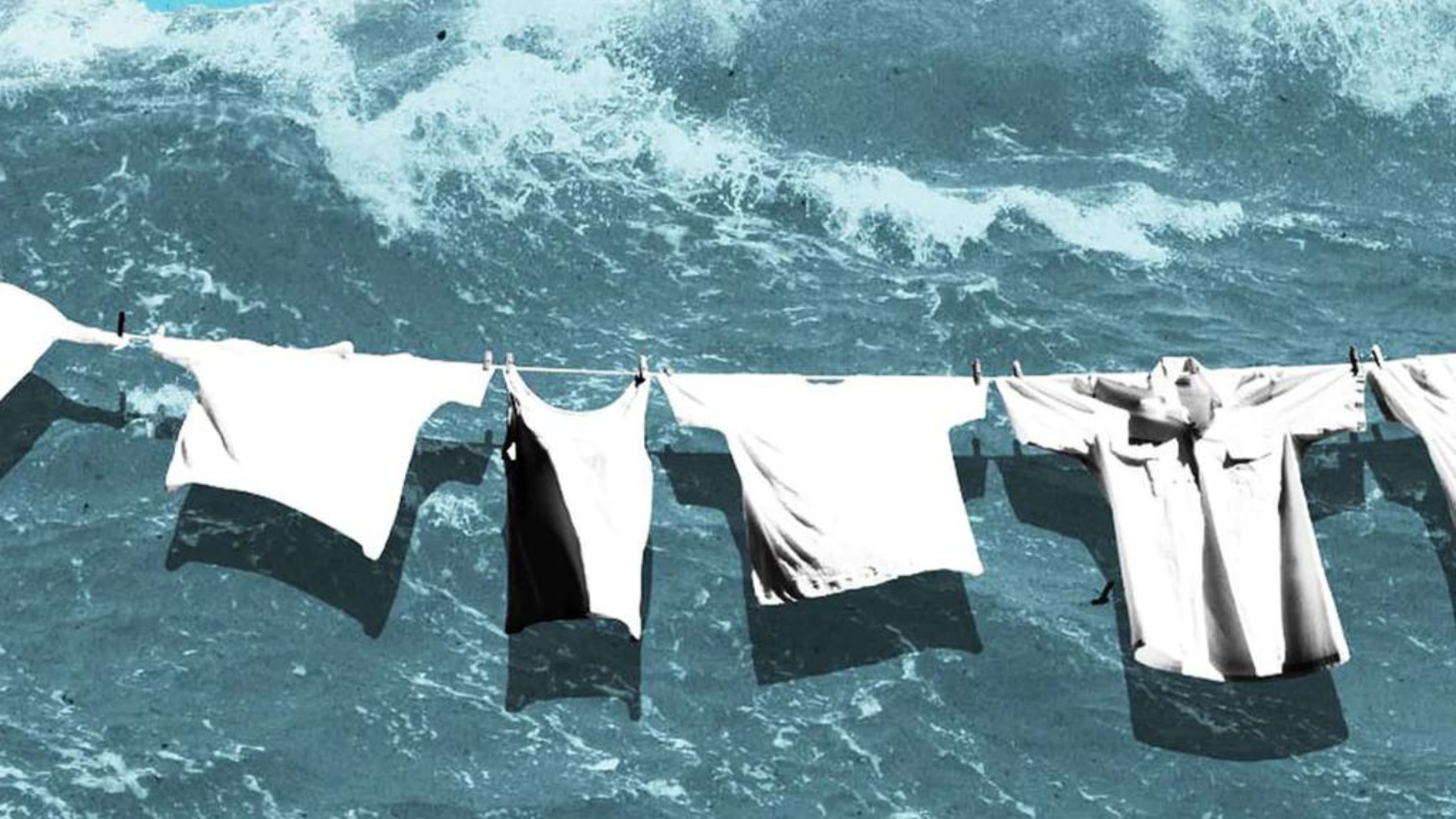The textile industry is the most polluting and impactful in the world after intensive farming. It consumes approximately 93 billion cubic meters of water per year, of which clothing alone accounts for 62 billion cubic meters: a very high waste of water. However, it is very difficult to obtain certain data on global water consumption; the fashion industry has a very long and vast production chain that goes from the raw material to the finished product. In fact, before arriving in your wardrobe, an item of clothing may have traveled thousands of kilometers around the world to have its various components assembled.
Water is used in various stages of the production of a garment, from the processing of raw materials to dyeing, to which its pollution is often added: the use of pesticides during the cultivation of the raw material, the various washing and dyeing processes, but also the release of microplastics deriving from synthetic fabrics. Water is wasted not only during the production of a garment, but also from its “home” maintenance; it is estimated that globally, washing machines require an additional 20 billion cubic meters of water per year. Although transparency on water management and protection are essential, unfortunately companies are not accustomed to carrying out the necessary tests or making them known and public. Having data means safeguarding biodiversity, workers and their communities.
Solutions to the problem
The problem is not so much how much water the fiber needs to grow, but how it is used. In developing countries, for example, new practices for managing resources without waste are not yet very common, especially in those countries dominated by drought. Many of the main producing countries are under high water stress such as China, India, the United States, Pakistan and Turkey. Among the global solutions for reducing water consumption, there is first of all the implementation of circular production systems. Only a perfect circularity of the supply chain would allow the recovery of resources while minimizing waste, a goal that is however very difficult to achieve.
Another turning point is certainly the use of organic fibers , a more pragmatic and viable solution in the short term that would significantly contribute to reducing the impact of the supply chain on the environment. Growing cotton according to organic farming through crop rotation, in which each plot of land is dedicated to different crops over the years, makes the soil more fertile and therefore less in need of water. It also excludes the use of pesticides, an advantage for aquifers, which are thus saved from further pollution. Reducing water and energy consumption is the main objective of sustainability.
OWN OFF WITH NATURE is the internationally certified sustainable fashion brand that bases its production chain on the reduction of water quantity and the saving of energy resources, considerably reducing the impact of its production on the planet.






Leave a comment